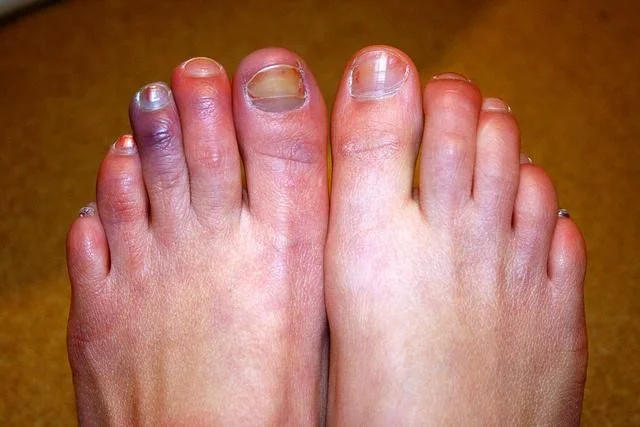Cold weather can be harsh on your hands, often causing dryness, numbness, and in some cases, chilblains. These painful, itchy swellings occur when your skin’s small blood vessels react to sudden temperature changes. Protecting your hands is not just about comfort; it is also about preventing these conditions from developing. Simple yet effective winter care tips can keep your hands warm, healthy, and free from discomfort throughout the season. By making a few changes to your daily routine, you can maintain good circulation and protect your skin from cold-related damage.
Why Protecting Your Hands Matters?
Your hands are often exposed to cold air, making them vulnerable to rapid temperature fluctuations. Poor circulation, inadequate protection, and dampness can increase the risk of chilblains. Once they appear, they can be slow to heal, so prevention is always better than cure.
Smart Winter Care Tips for Warm, Healthy Hands
- Wear Proper Gloves
Choose insulated gloves that provide warmth while allowing your skin to breathe. If possible, keep a spare pair in case one gets wet. Avoid wearing damp gloves as they can trap cold against the skin.

- Keep Hands Dry
Moisture increases heat loss. If your hands get wet, dry them thoroughly and warm them before heading out again. Using a mild hand wash and patting dry can help protect your skin.
- Moisturize Regularly
Cold air strips natural oils from your skin. Apply a rich, non-greasy hand cream several times a day, especially after washing. This keeps skin soft and prevents cracking.
- Encourage Good Circulation
Move your fingers and hands often when outside. Gentle exercises like clenching and unclenching your fists help maintain blood flow. Avoid keeping your hands still in the cold for long periods.
- Warm Up Gradually
If your hands are very cold, do not put them directly under hot water. Sudden temperature changes can trigger chilblains. Instead, warm them slowly using lukewarm water or by holding them close to your body.
- Protect Hands Indoors
Central heating can dry your skin. Use a humidifier if possible and keep moisturizing even when indoors. Cotton gloves worn overnight after applying cream can help repair dry skin.
- Eat a Balanced Diet
A diet rich in vitamins and minerals supports healthy circulation and skin repair. Include foods with vitamin C, vitamin E, and omega-3 fatty acids to strengthen your skin’s natural barrier.
Extra Tips for Consistent Protection
- Avoid smoking, as it can restrict blood flow to your hands.
- Limit caffeine intake, as excessive amounts can affect circulation.
- Stay active to keep your overall blood flow healthy during colder months.
Keeping your hands warm and chilblain-free requires consistent care, both indoors and outdoors. By wearing the right gloves, keeping your skin moisturized, protecting your hands from sudden temperature changes, and maintaining good circulation, you can enjoy the winter season without discomfort. Simple daily habits, when followed regularly, create a strong defense against cold-related hand issues. Your hands work hard for you, so give them the protection they deserve every day.




